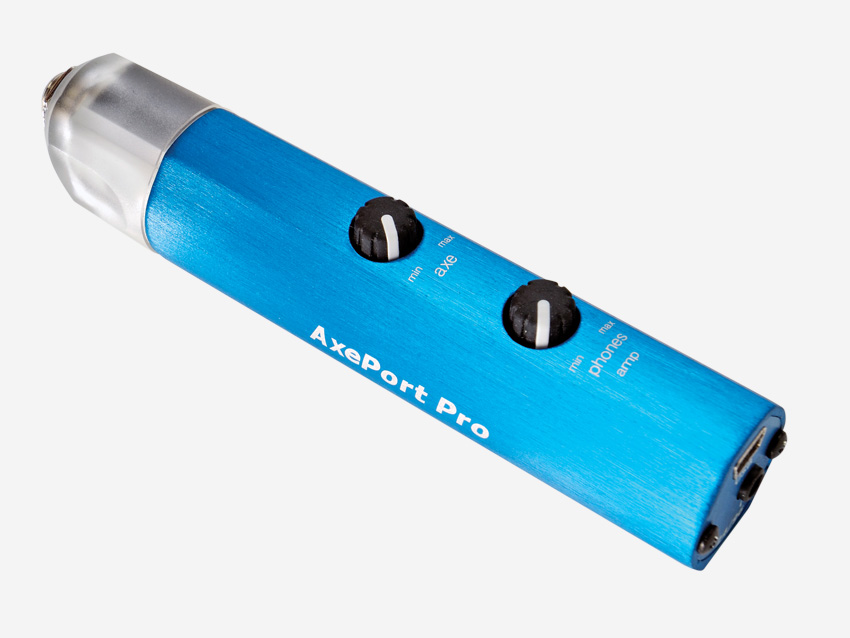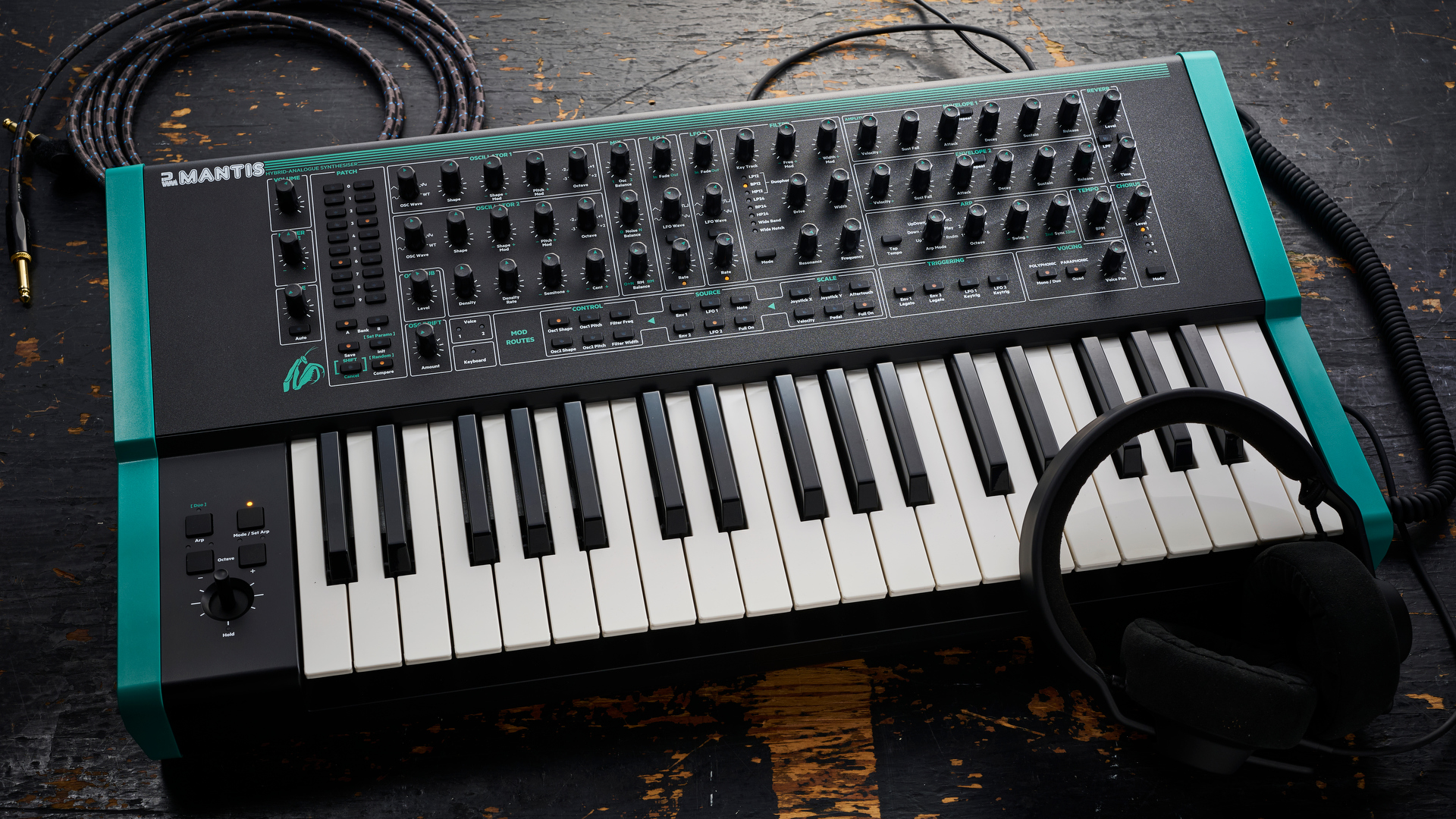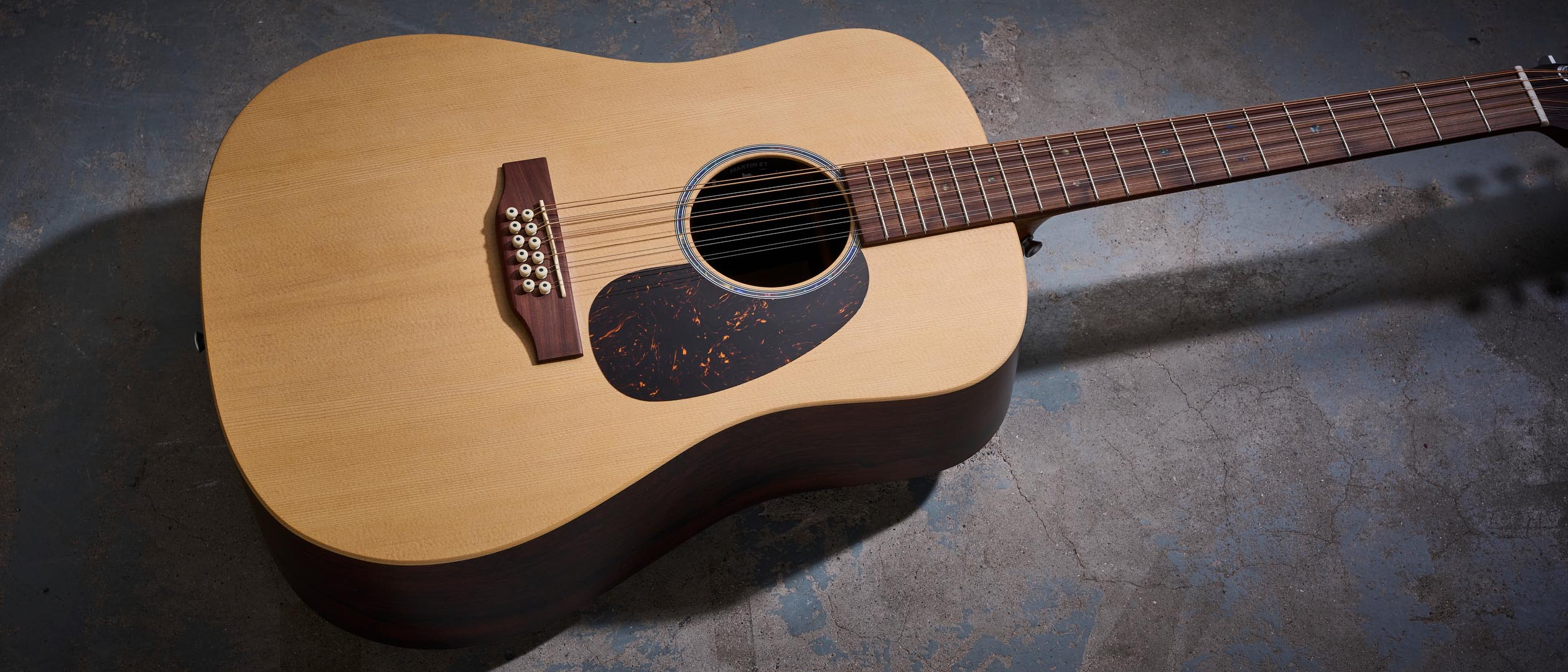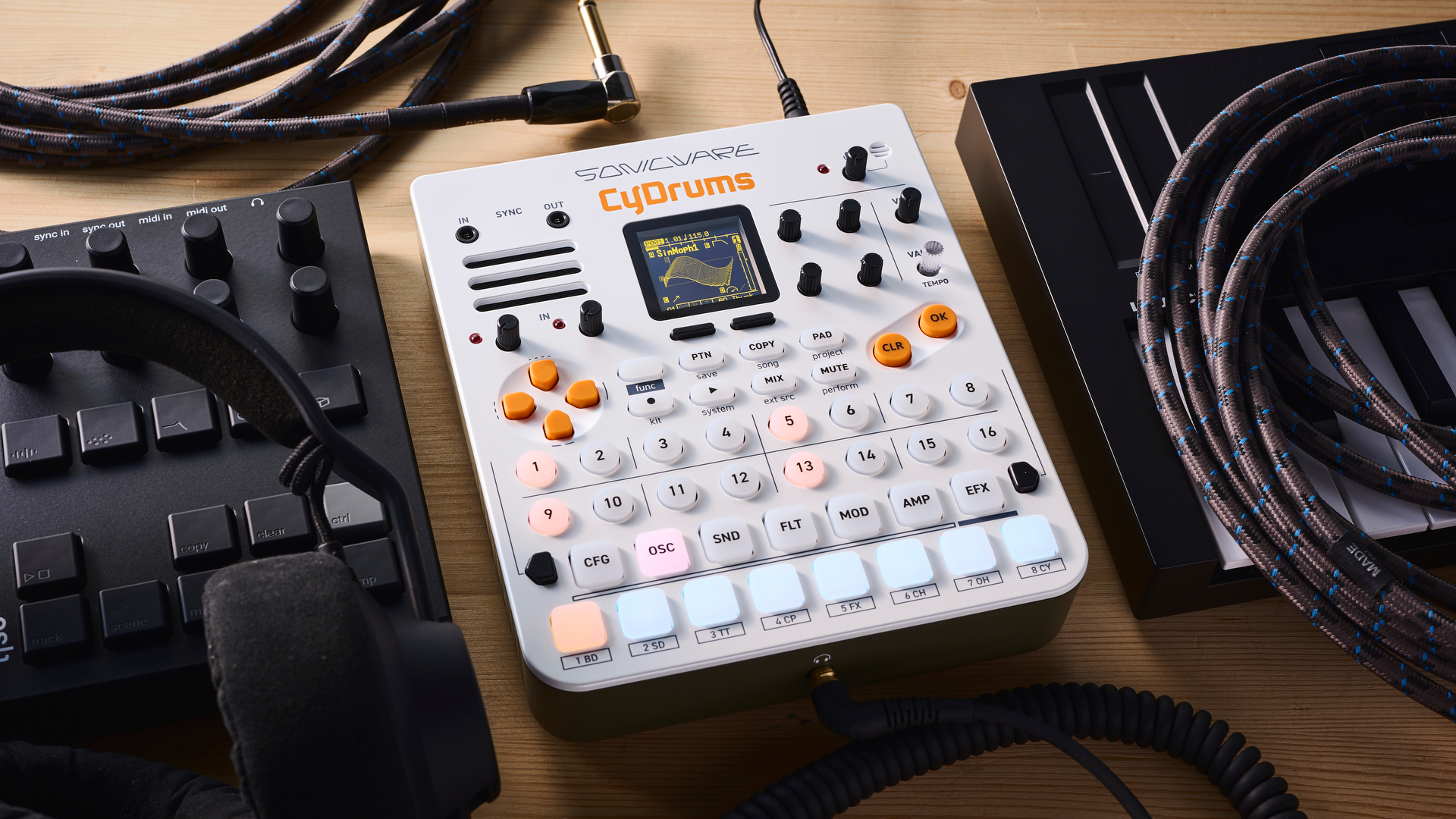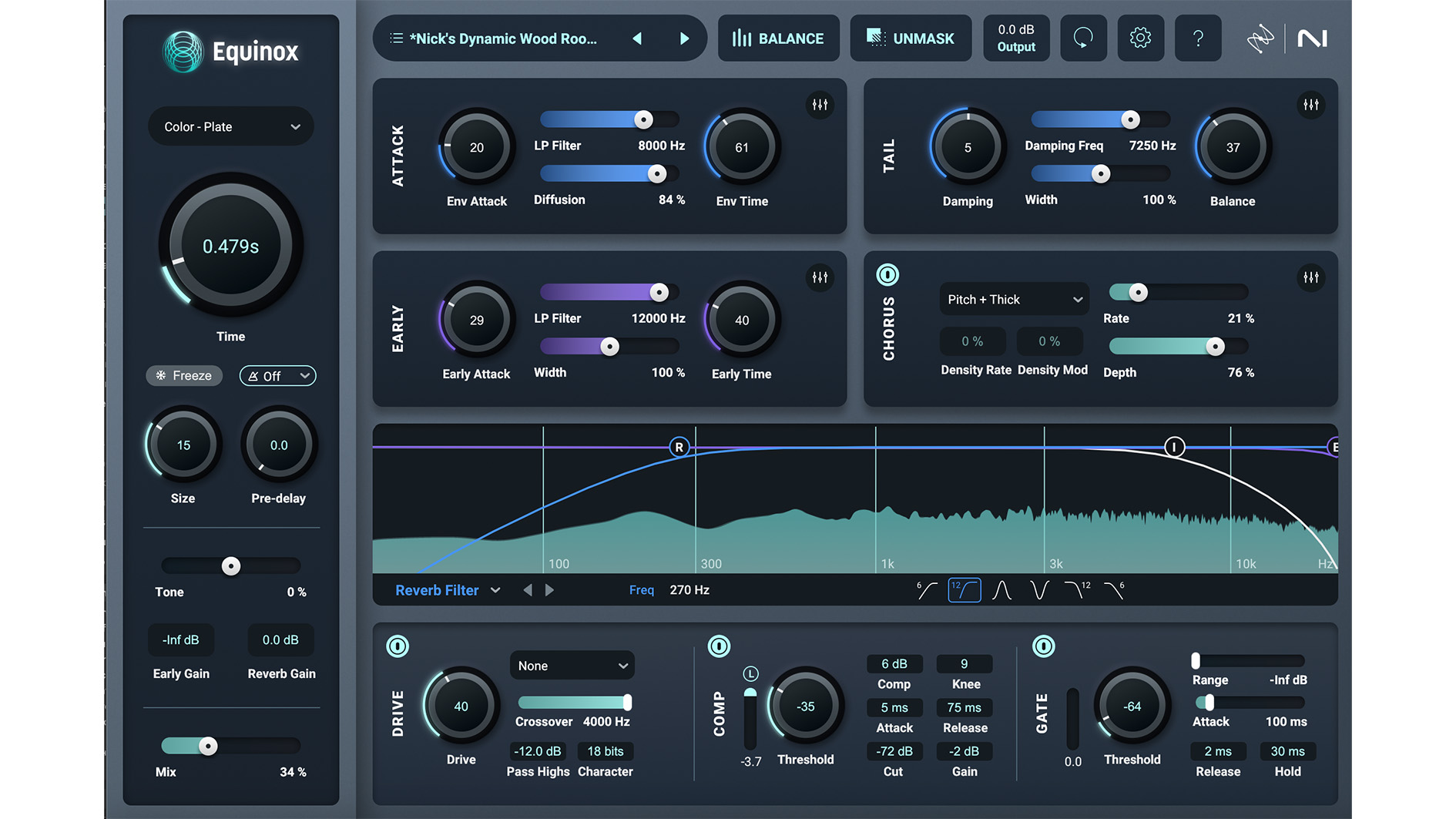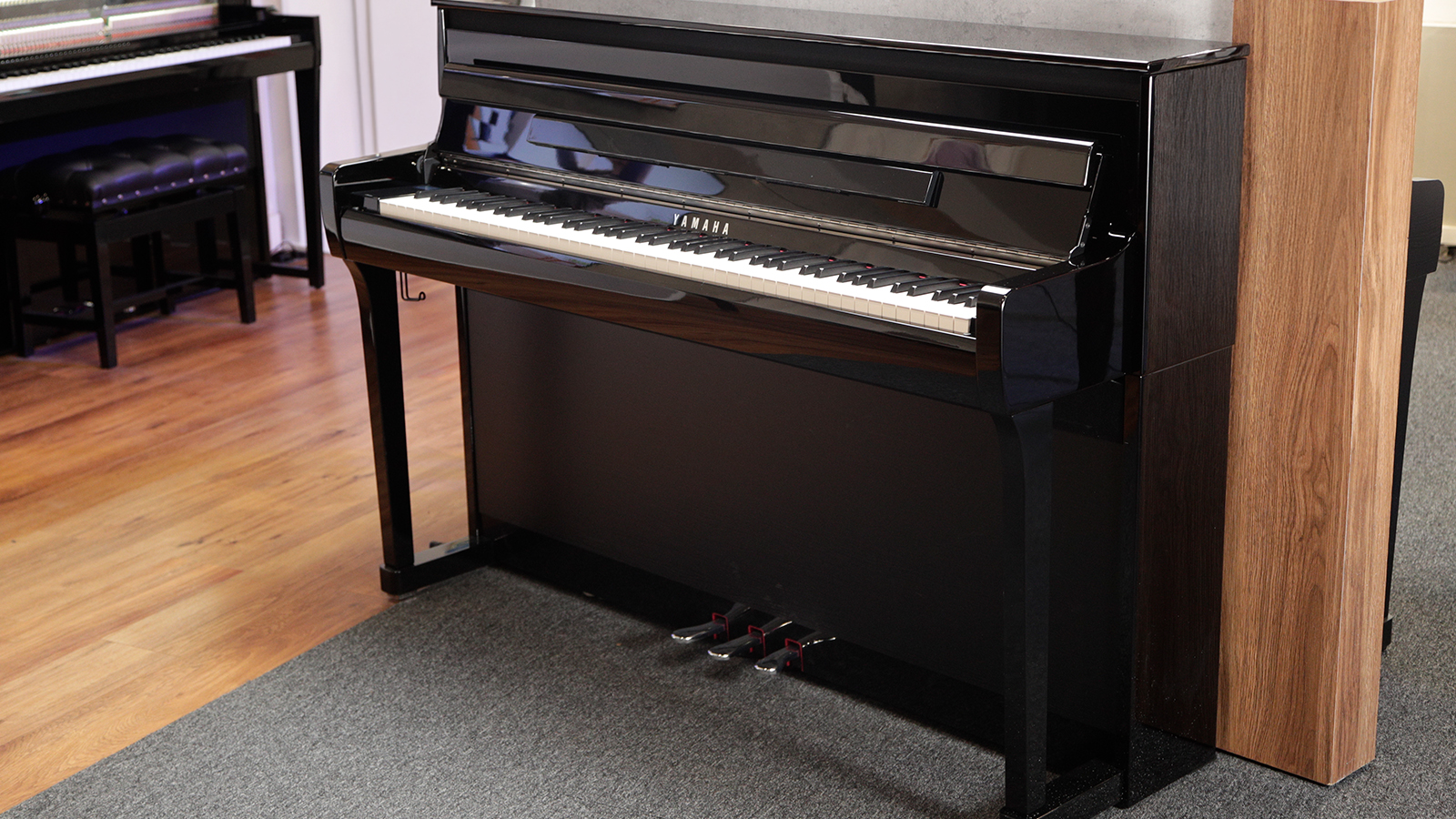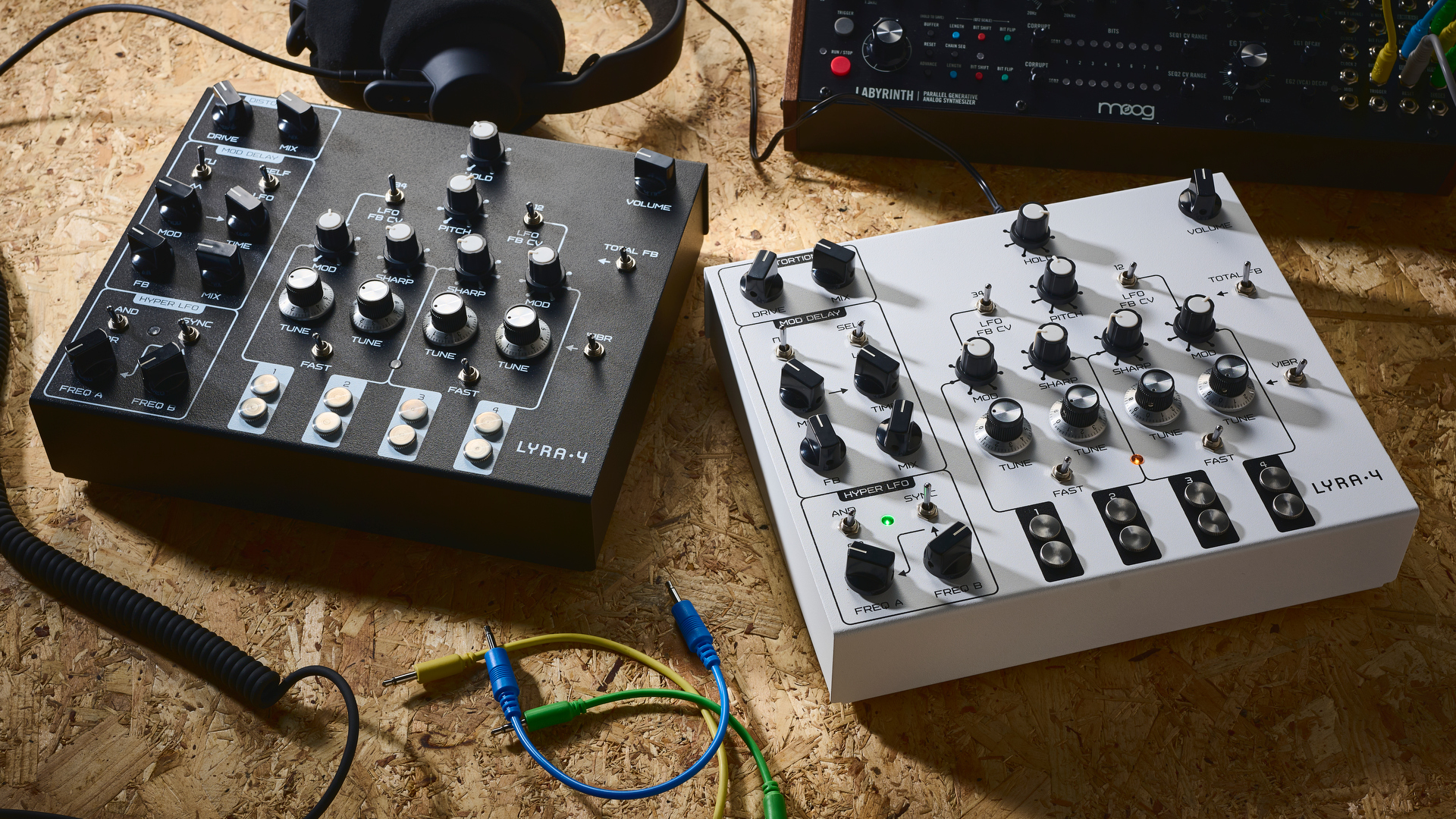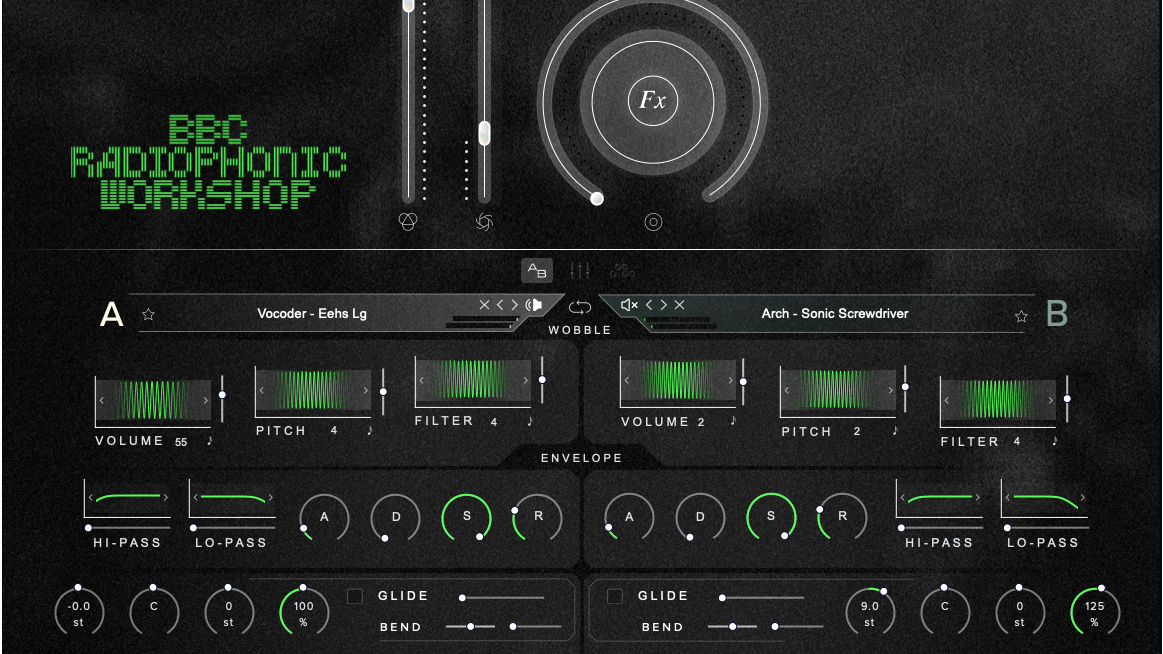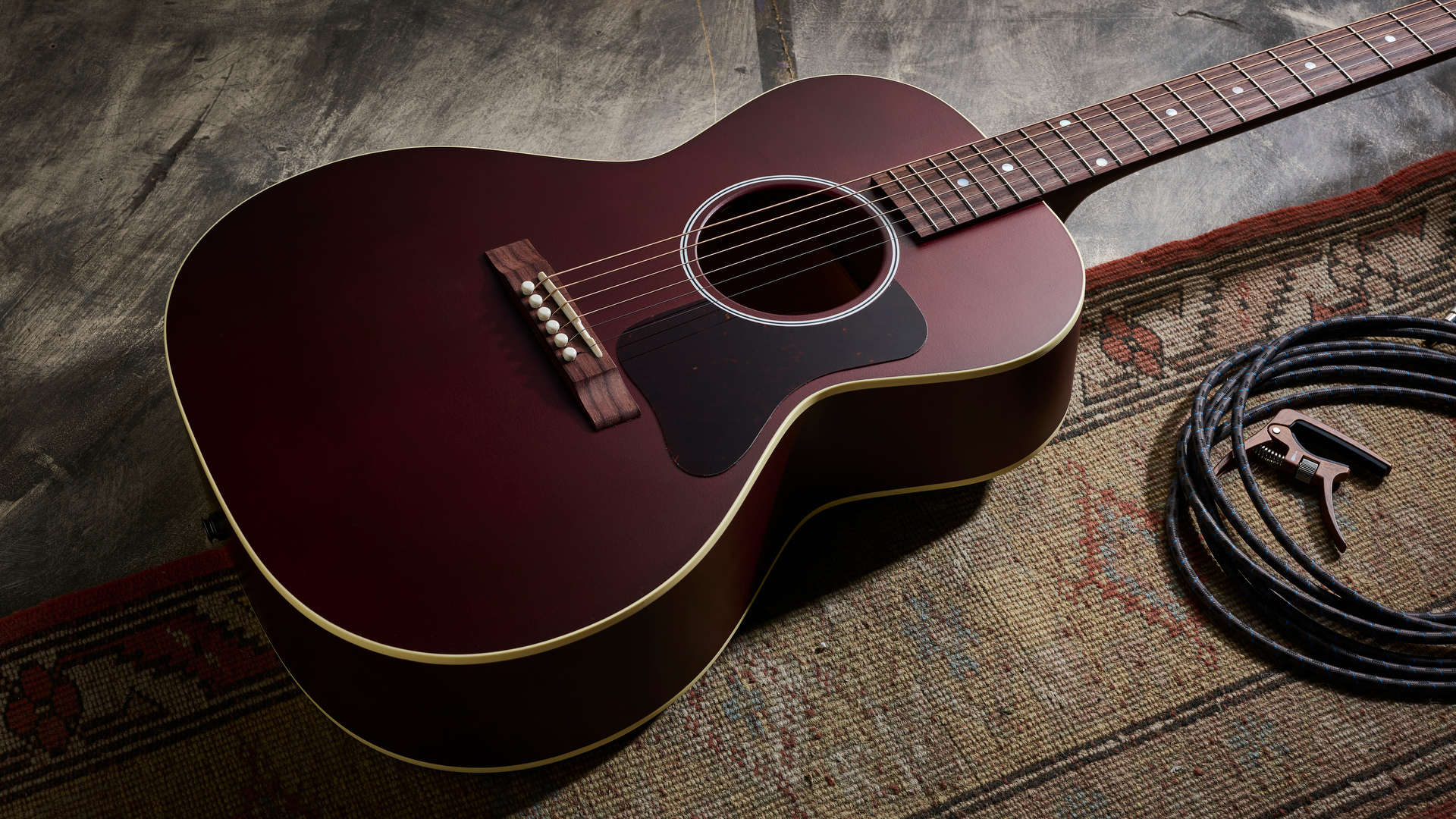MusicRadar Verdict
If you want to get a high-quality guitar signal into your laptop, this is an excellent solution.
Pros
- +
Small and well-built. Good guitar preamp. Direct monitoring.
Cons
- -
Not cheap. No clip LED.
MusicRadar's got your back
The AxePort Pro is a bus-powered USB audio interface with one mono jack input for your guitar and a stereo mini-jack for headphones.
The blue part of the casing is aluminium, and it feels like it should stand up to life on the road. There are knobs on the unit for input gain (there's bags of it, but no clip lamp, though it's easy to get the level right) and the level of the headphones output, which goes very loud indeed.
The guitar preamp is a winner, resulting in very natural-sounding recordings, and the output is clean and clear, with a well-defined treble that conveys the crispness of your tone. The device can run at up to 24-bit/96kHz and the driver allows very low latencies, down to about 5ms total, with direct monitoring, too.
We found that an overall latency of 9ms was enough for glitch-free playing through Guitar Rig 3 LE in standalone mode (at 44.1kHz), but most impressively, we could run GR3 LE in High Quality mode at the same latency.
To top off the package, you get a velvet sleeve to keep the AxePort in, a USB cable, a USB stick containing the drivers, and a beltclip. It's not cheap, but the AxePort Pro is sonically impressive and seems built to last.
Computer Music magazine is the world’s best selling publication dedicated solely to making great music with your Mac or PC computer. Each issue it brings its lucky readers the best in cutting-edge tutorials, need-to-know, expert software reviews and even all the tools you actually need to make great music today, courtesy of our legendary CM Plugin Suite.
“I have an original 909 – every time I try to use it I feel like I’m ruining it”: House hero Riva Starr on his studio essentials and his love of analogue synths
“A synthesizer that is both easy to use and fun to play whilst maintaining a decent degree of programming depth and flexibility”: PWM Mantis review
“I feel like that song had everything we needed to come back with”: Bring Me The Horizon’s Lee Malia on Shadow Moses, its riff and the secrets behind its tone, and why it was the right anthem at the right time
